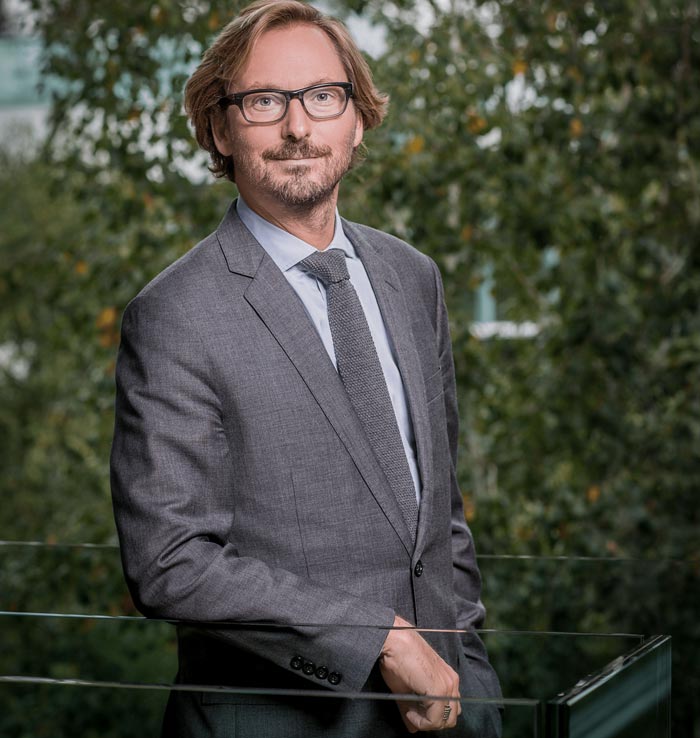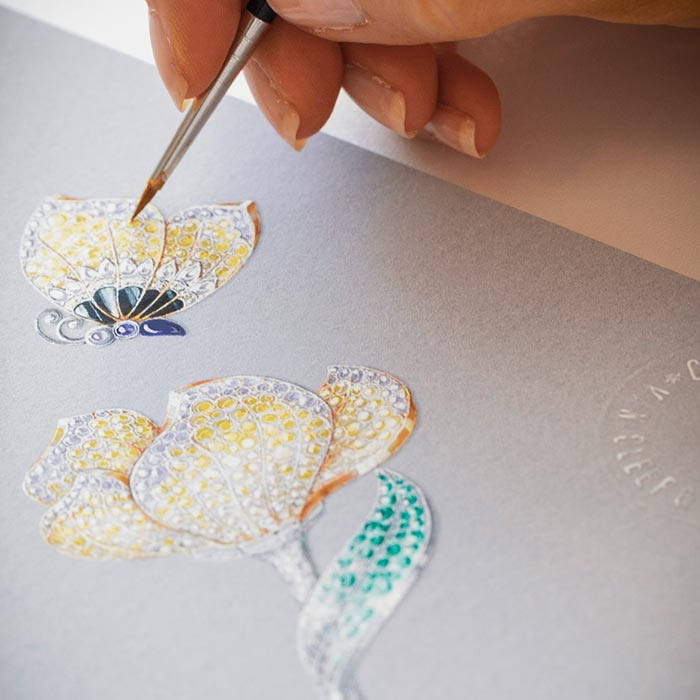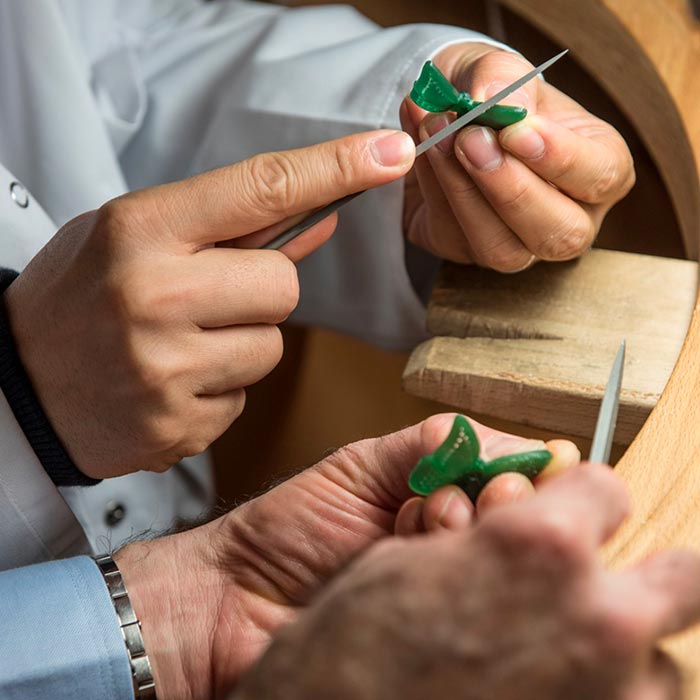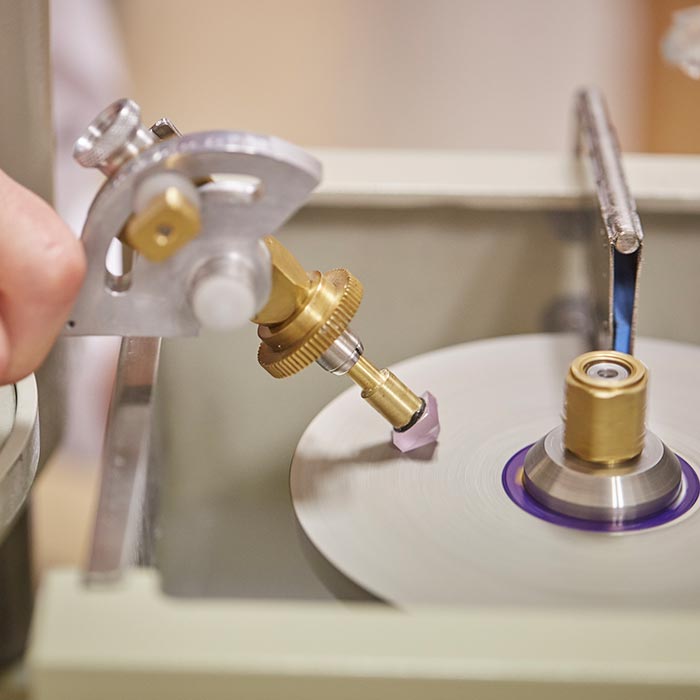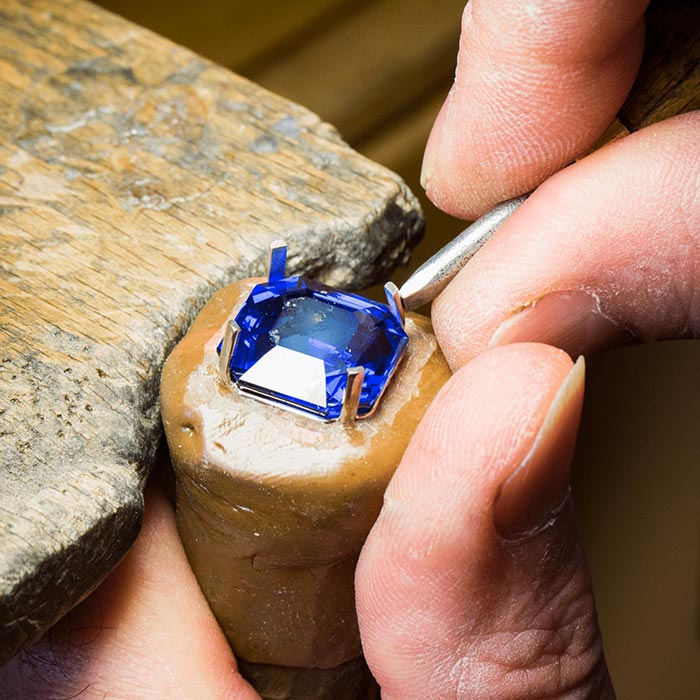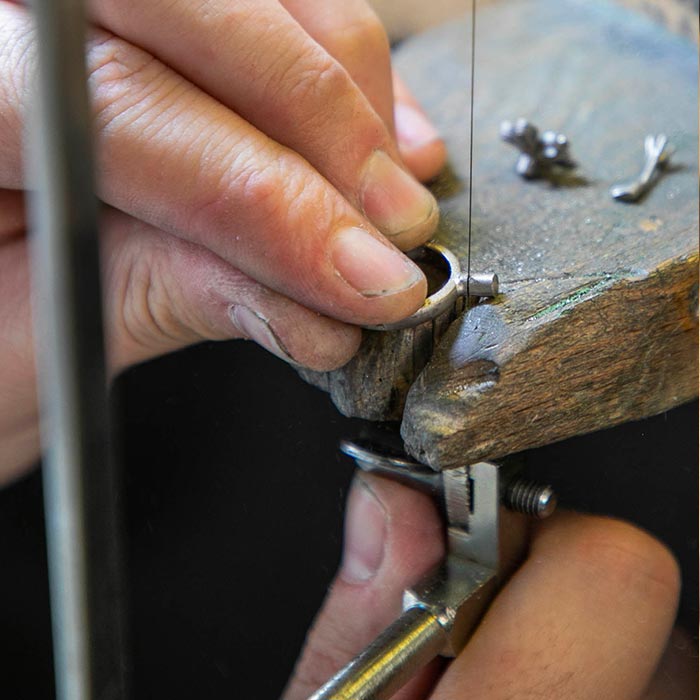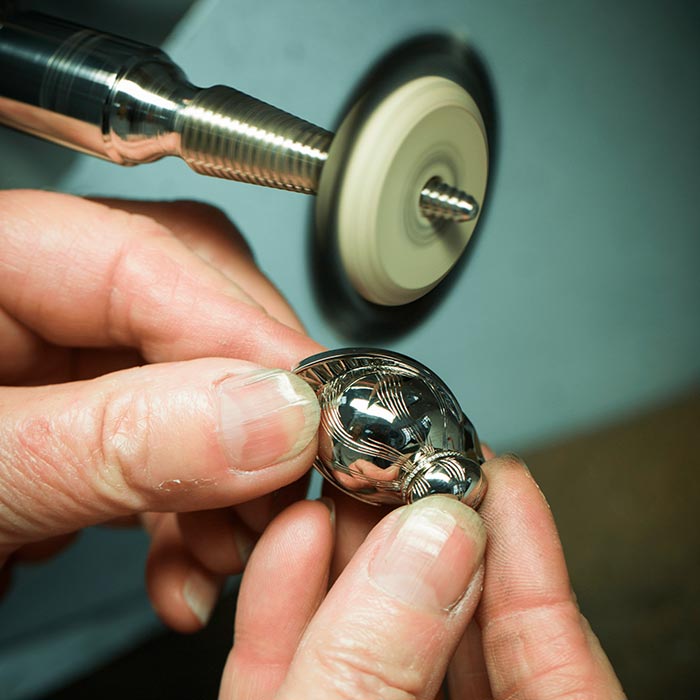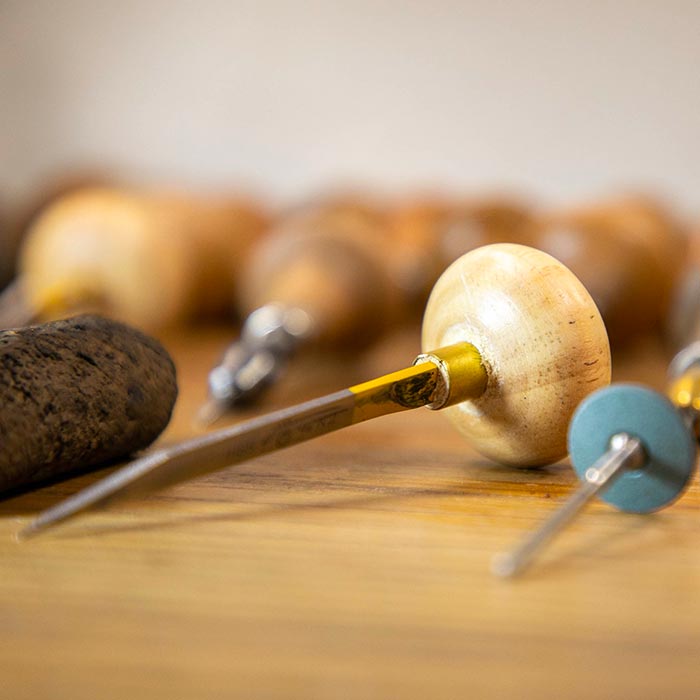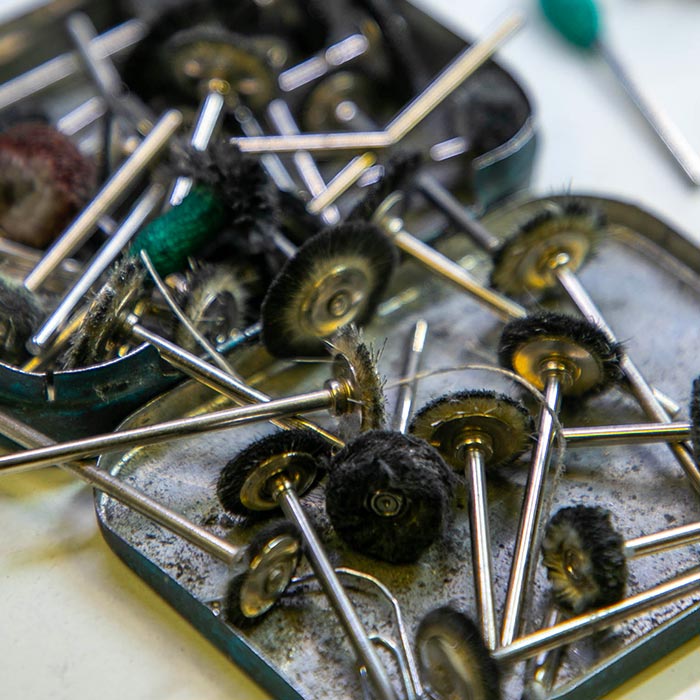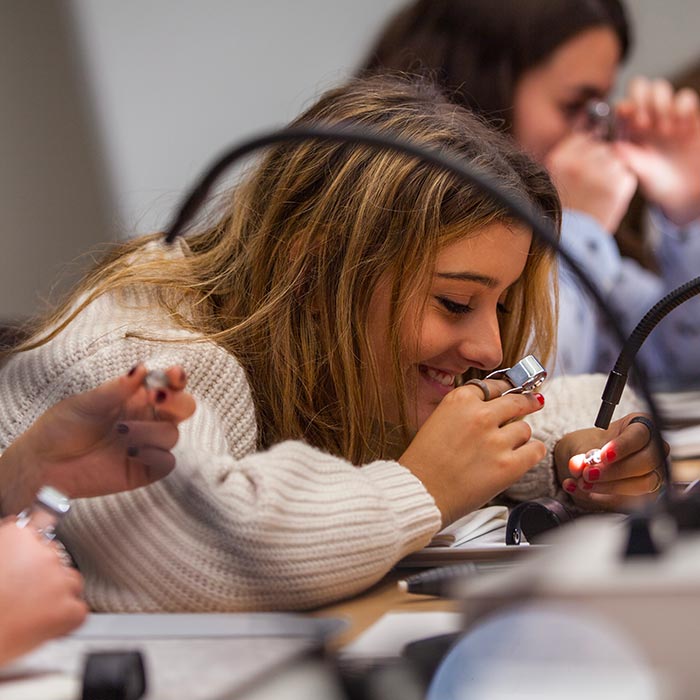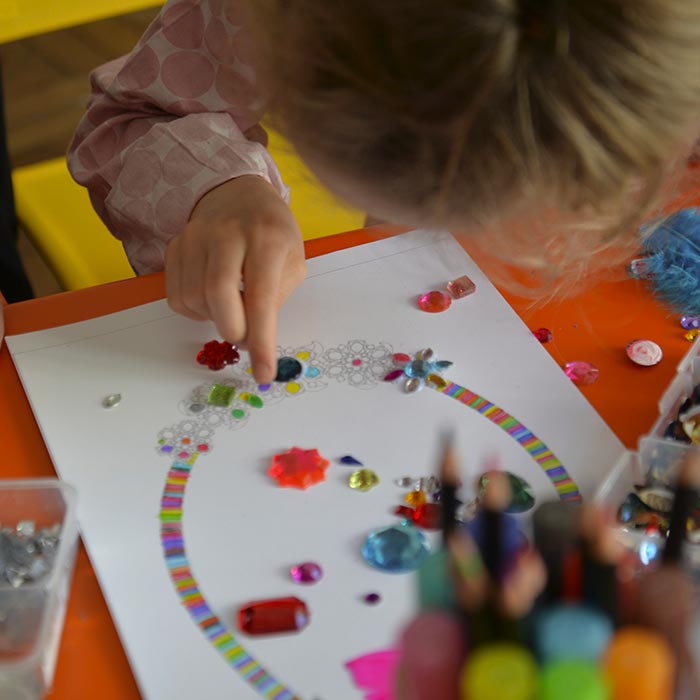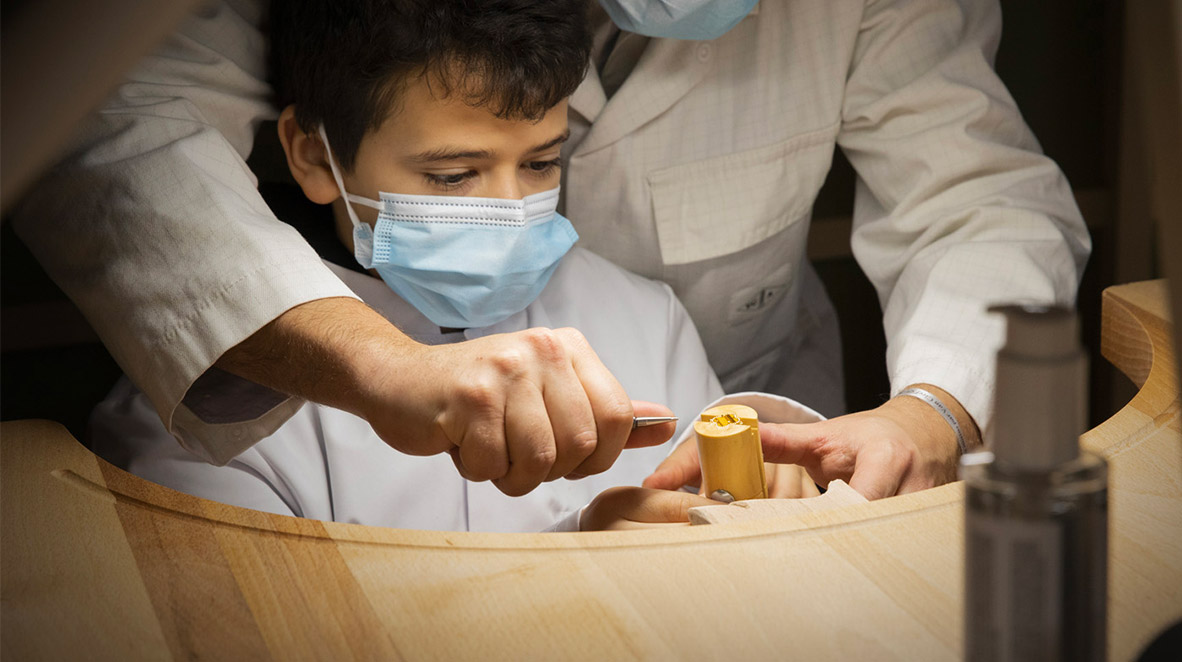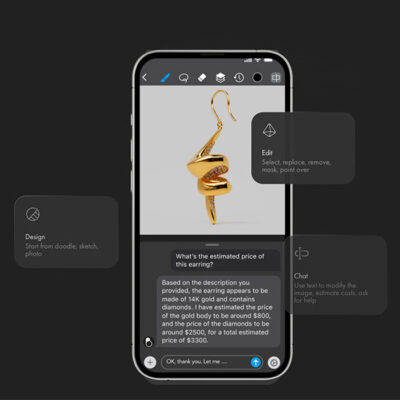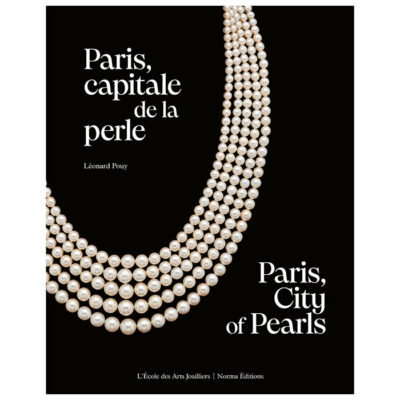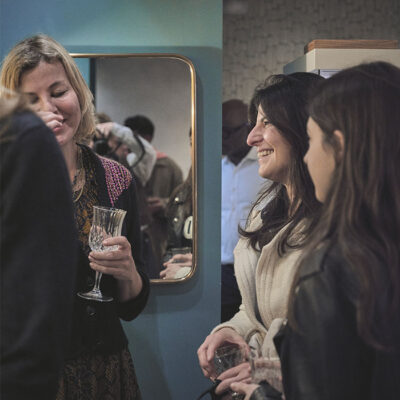Business
30 May 2022
Share
Nicolas Bos, CEO of Van Cleef & Arpels : passing on the skills and expertise of jewelry and know-how
The preservation and passing on of jewelry skills and know-how are major challenges in terms of helping French jewelers develop and grow their influence. It’s therefore essential to attract the talents of Gen’Z and future generations – a mission to which Nicolas Bos, CEO of Van Cleef & Arpels, has dedicated over 10 years.
Sandrine Merle. During the first edition of “De Mains en Mains” =, held last December in Lyon, your jewelry career initiative was aimed at the general public and especially at young people.
Nicolas Bos. During the six-day event, our craftsmen presented their various trades. Meanwhile, the schools discussed the diplomas and courses on offer in terms of the respective levels of education. We need to get talking to young future jewelers and bring them on board because there are holes in the system at the point of making those first career choices. And this is true at secondary-school level as well as in regions of employment that are less exposed to such information, such as Lyon or Strasbourg. Discussions with our Lyon-based workshops on the prospects for growth and development in the region also lie behind “De Mains en Mains”.
S.-M. What are the most popular professions in the jewelry industry today?
Nicolas Bos. “De Mains en Mains” brought together all the professions involved in the process of creating a piece of jewelry: draftsman, model maker, designer, polisher, setter, jeweler, etc – yet without ranking them or trying to glamorize them. Each one clearly has its own share of satisfactions and frustrations. Today, interest is focused on the jeweler who makes the jewelry, but there’s a shortage of polishers to shine the pieces or setters to set the stones.
S.-M. You believe that the jewelry industry is no longer short of craftsmen, whereas 20 years ago, we feared the worst.
Nicolas Bos. We can’t take anything for granted, but the situation has indeed changed. In the 80’s and 90’s, the jewelry industry was not in the best shape, it was scraping by on its past achievements and its existing workforce. The schools were struggling to recruit, as the manual professions were not valued. Apart from a few vocations that resulted from family traditions, people became craftsmen by default. Production was relocated to Italy or Asia. Today, we have every reason to be optimistic: the schools are full of apprentices with an excellent level, including in academic training: some have the baccalaureate or even a university degree. Families no longer see apprenticeship as a dead-end street.
S.-M. Where has this tremendous momentum come from? Does the pay have anything to do with it?
Nicolas Bos. For school leavers, the monthly salary is around €1,600 net and can reach € 5,200 net for an established jeweler. In addition, we offer a profit-sharing and incentive scheme. But this is mainly due to the promotion of the art professions through the press, exhibitions, books, etc. The reality-TV show Top Chef has also played a decisive role: with its playful approach, it has launched a craze not only for the culinary professions but also for all jobs involving manual skills. Meanwhile, jewelers have also understood the need to invest in the long term: fashions for stop-and-go production are fatal to the transmission and preservation of rare know-how, such as those linked to our enamel automata, for example.
S.-M. In your opinion, do all industry actors have a role to play?
Nicolas Bos. We don’t expect too much from the authorities, for whom promoting luxury and arts and crafts is not a priority. The situation is changing, but we don’t have their full support. Each great company, workshop and school must contribute in its own way. In the Van Cleef & Arpels workshops, we have set up incubators among other things. Simply put, it’s an apprenticeship program with support from alumni and grids for analyzing steps and salaries. The School of Jewelry Arts, launched 10 years ago, also plays a decisive role: courses for young people enable them to enter the creative process and to see themselves as future practitioners. How satisfying it is to see the first vocations inspired by the School!
S.-M. Finally, what advice would you give to those who dream of entering your workshops and mastering the Mysterious Setting, one of the jewelry skills par excellence?
Nicolas Bos. The best way is to start with a major jewelry school in Paris or Lyon and then join our workshops for on-the-job training with more experienced jewelers. As for becoming a master of the art and mastering Mysterious Setting (the setting of precious stones without any claw or visible metal) – well that takes about ten years all in all. Patience and determination are key!
Related article:


